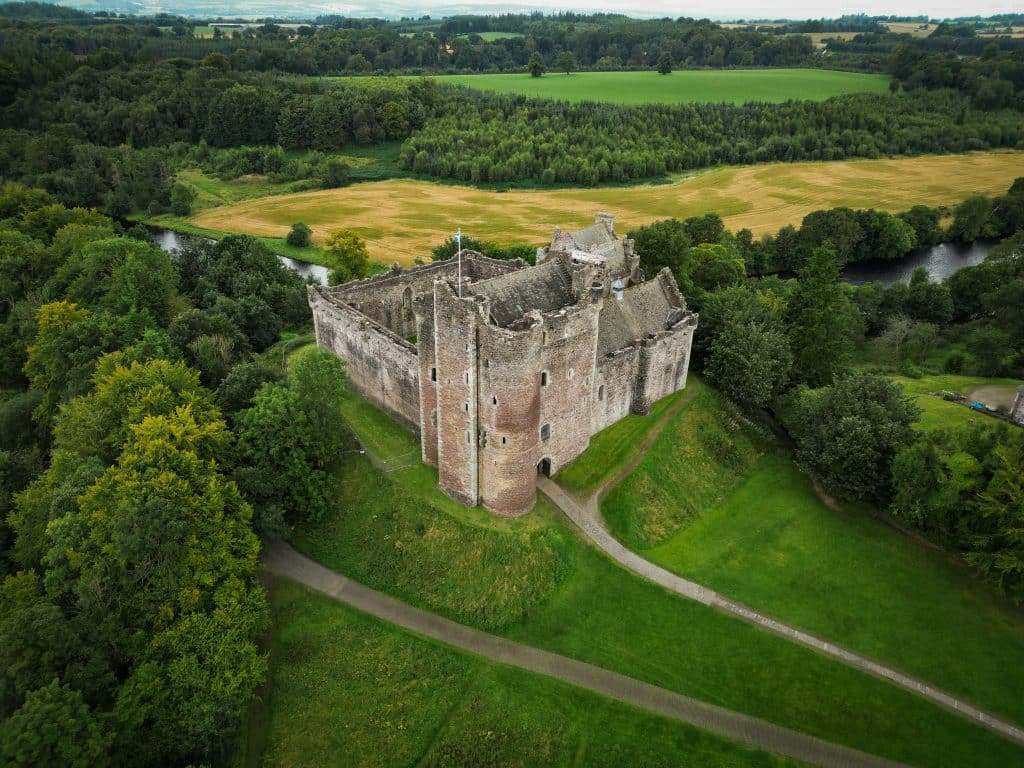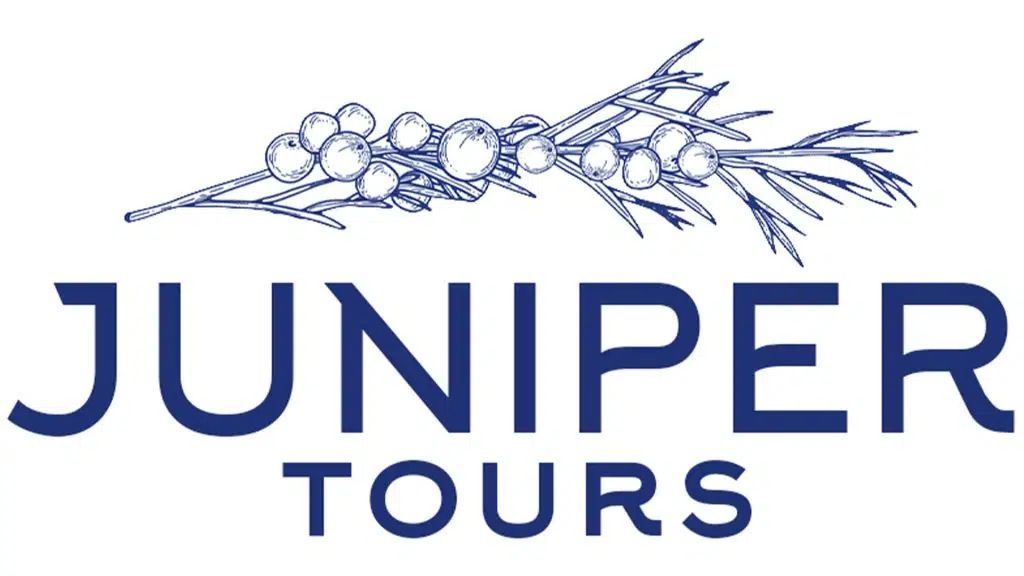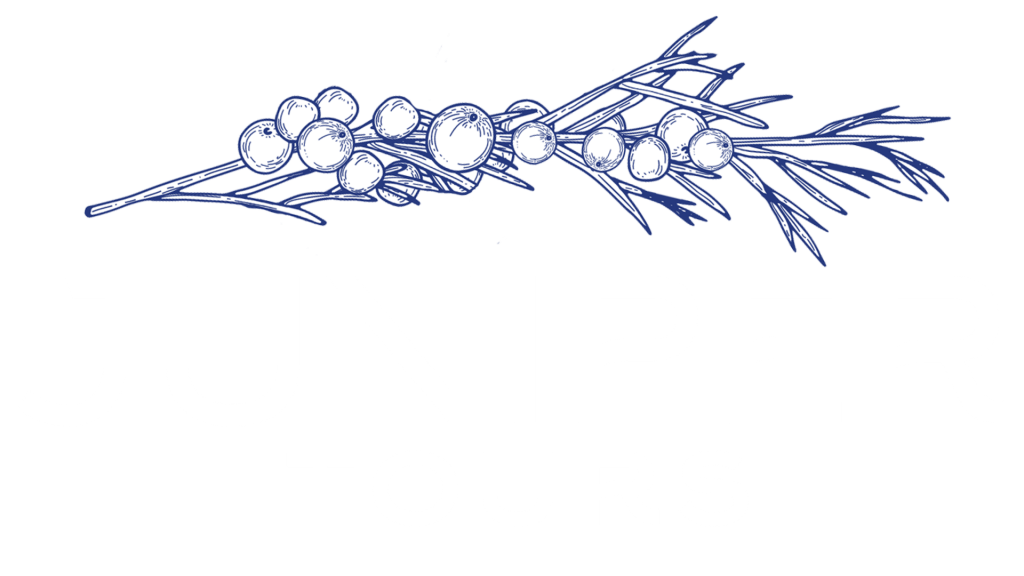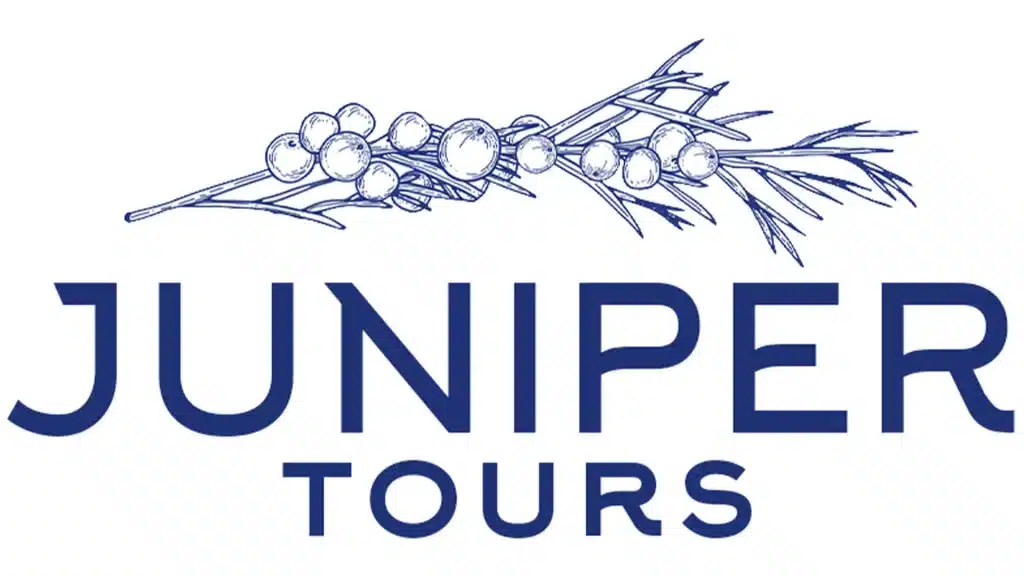Samhain: Origins of Halloween
Samhain: Origins of Halloween
Samhain: Origins of Halloween – As the crisp autumn air sweeps across the landscape and the leaves take on hues of gold and crimson, the veil between the living and the dead grows thin. It’s a time of celebration and remembrance, of ancient rituals and mystical traditions—it’s Samhain, the Celtic festival that serves as the cornerstone of Halloween as we know it today.
At Juniper Tours, we invite you to embark on a journey through time as we explore the origins of this beloved holiday. Join us as we unravel the mysteries of Samhain in Ireland and uncover the rich tapestry of customs that have shaped Halloween into the festive occasion it is today.

Samhain: Origins of Halloween
What is Samhain?
Samhain, pronounced “sow-in,” marks the end of the harvest season and the beginning of winter in the Celtic calendar. Celebrated from sunset on October 31st to sunset on November 1st, it holds significant spiritual and cultural importance in Celtic traditions.
The Origins of Halloween
While Halloween is often associated with pumpkins, costumes, and trick-or-treating, its roots run much deeper. The ancient Celts believed that on the night of Samhain, the boundary between the world of the living and the realm of the dead became blurred, allowing spirits to roam the earth.
To ward off malevolent entities and honor their ancestors, the Celts would light bonfires and wear costumes made from animal hides. They also left offerings of food and drink outside their homes to appease wandering spirits—a tradition that evolved into modern-day trick-or-treating.
Samhain Traditions and Customs
Throughout the centuries, Samhain has evolved into a time of celebration and reflection, with various customs and traditions being passed down through generations. From carving jack-o’-lanterns to hosting elaborate feasts, each tradition carries a piece of Samhain’s rich heritage.
Experience Samhain with Juniper Tours
At Juniper Tours, we specialize in crafting immersive travel experiences that connect you with the cultural tapestry of destinations around the world. Our Samhain-themed tours offer a unique opportunity to delve into the heart of this ancient festival, guided by knowledgeable experts who bring its history and traditions to life.
Join us as we explore sacred sites, participate in traditional rituals, and immerse ourselves in the vibrant festivities of Samhain. Whether you’re a history enthusiast, a spiritual seeker, or simply curious about the origins of Halloween, our tours promise an unforgettable journey through time.

As Halloween approaches and the air grows thick with anticipation, take a moment to reflect on the ancient traditions that lie at its core. Samhain is more than just a holiday—it’s a testament to the enduring power of culture, community, and connection.
Contact us & book your Samhain adventure with Juniper Tours today and embrace the magic of this ancient festival.
Thanks for checking out Juniper Tours’ Travel blog! We hope you enjoyed your read and if you’re looking for more content please check out our other blog posts! If you’re looking for help planning your next travel adventure then book a FREE travel consultation with one of our Travel Specialists today!




